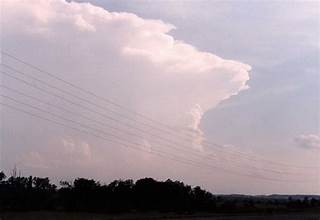A recent astronaut photograph taken in 2023 from the International Space Station provides a unique view of the Sulaiman Mountains in Pakistan. The image shows a dense wall of haze, mist, and clouds trapped behind this mountain range. This atmospheric phenomenon occurs as moisture from the Indian Ocean accumulates in the Indus River Valley, unable to ascend over the 9,800-foot (3,000-meter) peaks. Instead, the moisture is forced around the mountains through a process known as terrain-forced flow.
Location and Significance
The Sulaiman Mountains stretch across approximately 2,500 square miles (6,500 square kilometers) of Afghanistan and Pakistan. The range is named “Sulaiman,” which means “of Solomon” in Balochi, referencing the biblical King Solomon. The mountains are a natural extension of the southern Hindu Kush mountain system, which formed around 60 million years ago due to the slow-motion collision of the Indian and Eurasian tectonic plates.
Notable Features
One of the most significant peaks in this range is Takht-e-Sulaiman, also known as the “Throne of Solomon.” This peak reaches an elevation of 11,440 feet (3,487 meters). According to the writings of the 14th-century explorer Ibn Battuta, it is believed that King Solomon once climbed this mountain to gaze over Hindustan, the term used for the northern regions of the Indian subcontinent.
Atmospheric Phenomenon
The photograph taken by the astronaut shows the impressive sight of a wall of haze trapped by the mountains. This phenomenon is created when moisture-laden air from the Indian Ocean moves into the Indus River Valley but cannot rise above the tall peaks of the Sulaiman Mountains. As a result, the water vapor forms a visible wall of haze, mist, and clouds that are trapped behind the mountains. In certain areas, small clouds manage to pass through gaps in the peaks, such as near the town of Dhana Sar, where a gorge cuts through the mountains.
This stunning image highlights the geographical and atmospheric complexities of the region, offering a fascinating view of how natural barriers can shape weather patterns and environmental conditions.


